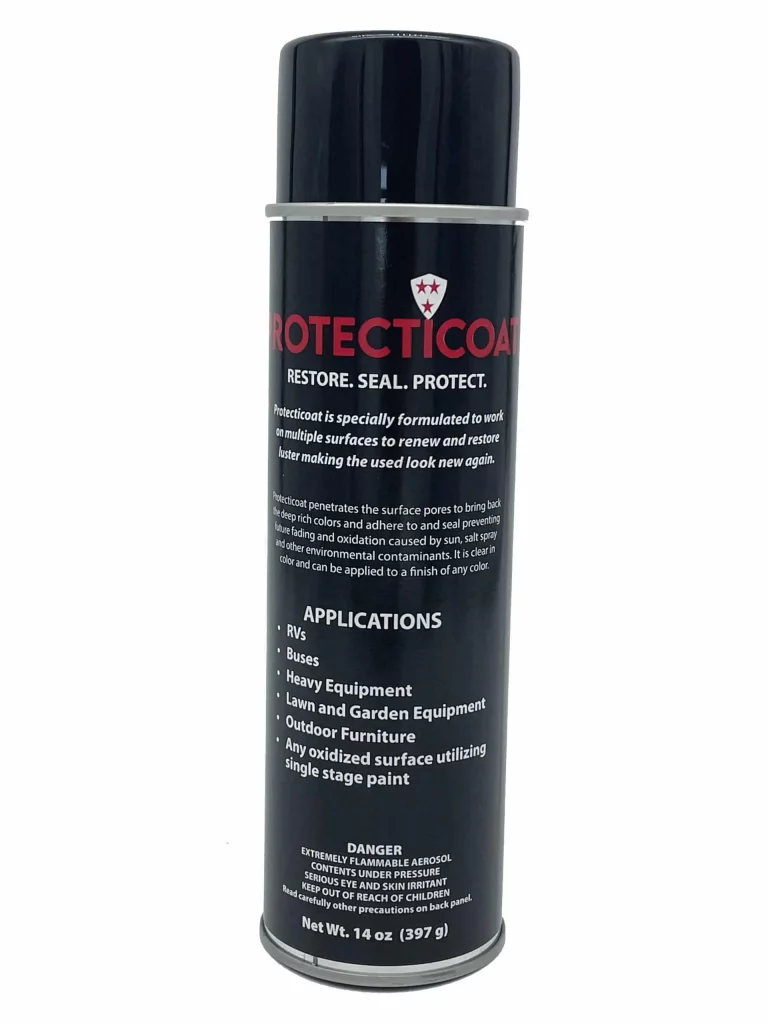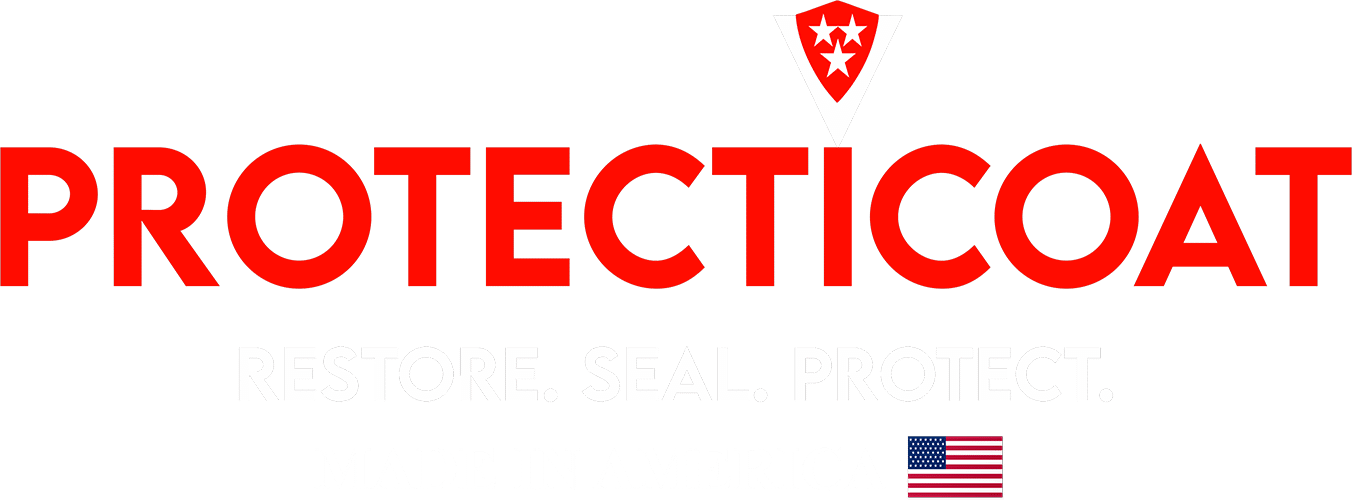
Mastering the Art of Protective Spray Coating Application: Techniques for Optimal Results
Protective spray coating application is a crucial step in ensuring the durability and longevity of various surfaces, including automotive, marine, and household items. Whether you are a DIY enthusiast or a professional detailer, understanding and mastering the techniques for applying protective spray coatings can significantly impact the effectiveness of the coating and the overall results
In this comprehensive guide, we will delve into the various techniques for applying protective spray coatings. We will cover surface preparation, application methods, equipment, and best practices to achieve optimal results. Whether you are a seasoned professional looking to refine your skills or a beginner starting from scratch, this blog post will provide you with the insights and tips you need to take your protective spray coating application game to the next level.
Protecticoat helps with surface preparation
The first and most critical step in any coating application process is surface preparation. The surface must be thoroughly cleaned and prepped to ensure proper adhesion of the protective spray coating. Here are some key steps to follow for effective surface preparation:
- Cleaning: Start by washing the surface with a gentle, pH-neutral cleaner to remove dirt, grime, and contaminants. Avoid using harsh chemicals or abrasive cleaners that can damage the surface.
- Decontamination: After cleaning, decontaminate the surface using a clay bar or iron remover to remove embedded contaminants such as tar, tree sap, or industrial fallout. This step ensures a clean and smooth surface for the coating to adhere to.
- Polishing: If the surface has any swirl marks, scratches, or oxidation, it’s essential to polish it before applying the protective spray coating. Polishing helps to remove imperfections and creates a smooth surface for better adhesion of the coating.
- Surface Inspection: Once the surface is cleaned, decontaminated, and polished, thoroughly inspect it for any remaining defects or contaminants. Address any issues before moving on to the coating application.
What are the application methods for Protecticoat?
There are several application methods for applying protective spray coatings, including:
- Spray Gun: Using a spray gun is a popular and efficient method for applying protective spray coatings. It requires a spray gun with the appropriate nozzle size, air compressor, and regulator for controlling the spray pattern and pressure. Spray guns provide excellent coverage and allow for precise application on various surfaces.
-
- Technique: Hold the spray gun perpendicular to the surface and maintain a consistent distance of 6-8 inches. Apply the coating in even, overlapping passes, moving in a slow and controlled manner to ensure uniform coverage. Avoid excessive buildup or pooling of the coating, as it can lead to streaks or runs.
- Foam Applicator: Foam applicators are a preferred method for applying protective spray coatings on smaller areas or intricate surfaces. They come in various shapes and sizes and are typically made of high-quality foam that absorbs and disperses the coating evenly.
-
- Technique: Apply a few drops of the coating onto the foam applicator and spread it evenly in straight lines or circular motions, making sure to cover the entire surface. Use light pressure and avoid applying too much coating at once to prevent streaking or pooling.
- Microfiber Cloth: Microfiber cloths are a simple and cost-effective option for applying protective spray coatings. They are ideal for smaller areas or touch-ups and provide excellent control over the application process.
-
- Technique: Fold the microfiber cloth into a pad and apply a few drops of the coating onto it. Spread the coating in straight lines or circular motions, ensuring complete coverage. Use a fresh side of the cloth for each pass to avoid cross-contamination and achieve even results.
- Paint Correction Machine: For professionals or advanced DIYers, we’d suggest a paint correction machine. But, we’ll talk about that later.
Some final solutions
Now let’s wrap up our look into various protective spray coating application techniques that can help you achieve a professional-quality finish:
- HVLP (High Volume Low Pressure) Spray Gun: HVLP spray guns are popular for applying protective coatings due to their efficient transfer rate and low overspray. They are designed to deliver a high volume of coating at a low pressure, resulting in minimal waste and a controlled application. When using an HVLP spray gun, hold the gun perpendicular to the surface and move it in smooth, overlapping passes to ensure an even coating. Start with a light mist coat and follow with additional coats as needed, allowing proper drying time between each coat.
- Airless Spray Gun: Airless spray guns are another commonly used option for applying protective spray coatings. They use a high-pressure pump to atomize the coating and deliver it to the surface. Airless spray guns are ideal for larger surfaces and can cover a large area quickly. When using an airless spray gun, hold the gun at a consistent distance from the surface, typically 12-18 inches, and move it in parallel
Like what you’ve been reading? Then stick with Protecticoat and learn more about Protective Spray Coating Application!

